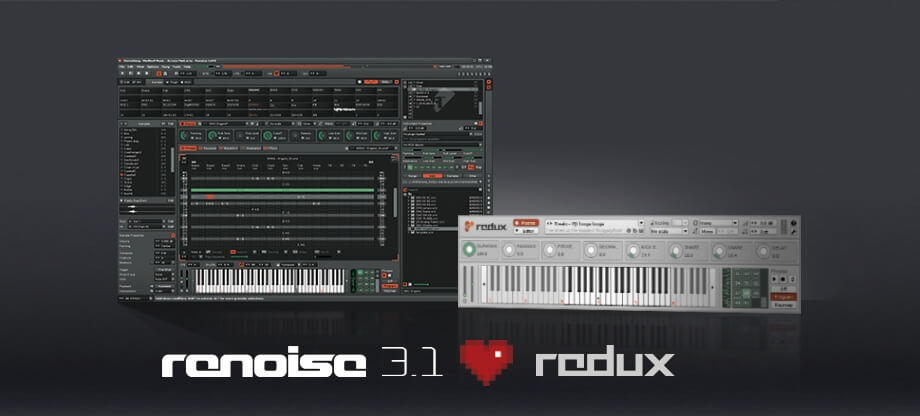

* On Linux: When present, the X resource ‘Xft.dpi’ setting is checked and followed, then the scaling is deduced from the default display’s ‘DisplayHeight / DisplayHeightMM’ ratio. This option can still be used to enlarge the Renoise GUI even if your display isn’t HiDPI, making it more comfortable to use on higher resolution screens.
Renoise blender windows#
Versions of Windows prior to 8 do not support HiDPI.
Renoise blender windows 8#
On Windows 8 the Renoise UI will be HiDPI, but Plugin GUIs will not be scaled.
Renoise blender full#
Windows: Windows 10 is required for full support.

MacOS: Toggle the ‘Enable Retina support’ option in the Renoise "Preferences > GUI" tab.In the DPI settings dialog, enable the ‘Override high DPI scaling behavior’ option, then in the ‘Scaling performed by’ drop-down menu select ‘System’. Go to the Compatibility tab and click on ‘Change high DPI settings’. Windows: Right-click the Renoise executable and select ‘Properties’.If you need to disable HiDPI support, this is performed in the following way depending on your OS: The downside of upscaling in this manner is that the UI can become blurry and sometimes lacking in responsiveness - issues which Renoise can now avoid completely. That upscaling is typically performed by the OS so that non-HiDPI-enabled applications appear at the same size as they would when running on a non-HiDPI display. If your display is HiDPI then the OS will now draw the Renoise UI in the higher native resolution instead of manually upscaling. If you don’t have a HiDPI display this changes nothing, though you can still make use of the new ‘User interface scaling’ option. Starting from version 3.2, Renoise is a HiDPI-enabled application.
Renoise blender software#
To make use of this extra density without resorting to upscaling requires explicit support from the software application.įor more general and technical information about HiDPI: Compared to regular displays, HiDPI renders pixels at twice the normal horizontal and vertical resolution, giving an overall density increase of 400%. Initially found on phones and tablets, they are becoming more commonly used in high-end laptops and monitors, especially those with a 4K resolution.

HiDPI (High Dots Per Inch) or 'Retina' displays have a high resolution packed into a relatively small form factor, resulting in much greater pixel density than normal.


 0 kommentar(er)
0 kommentar(er)
